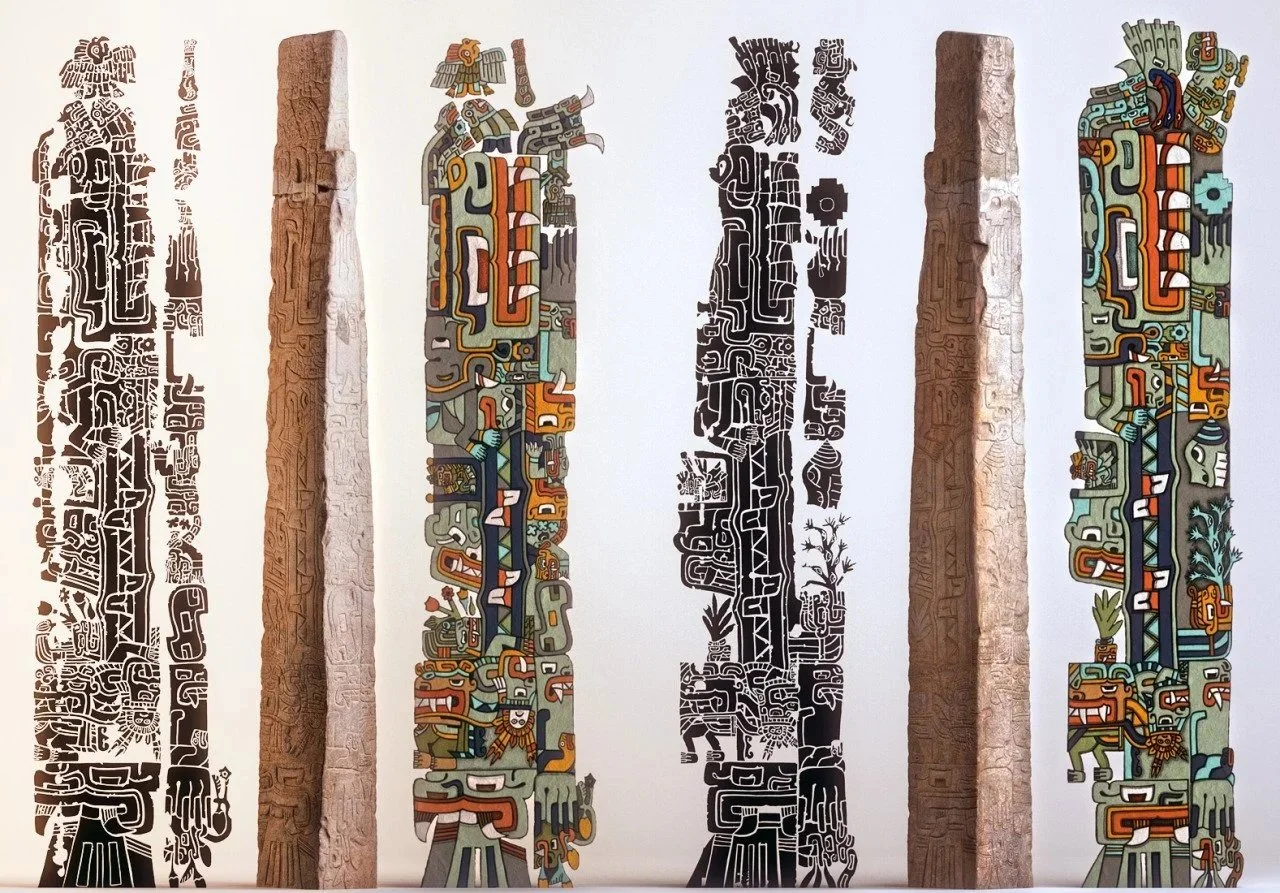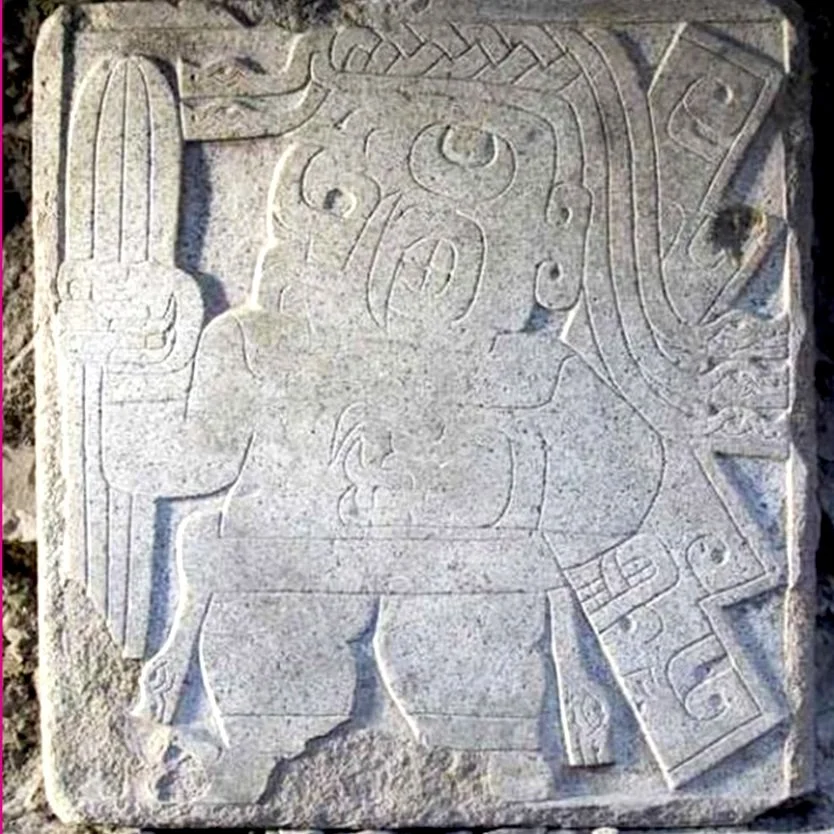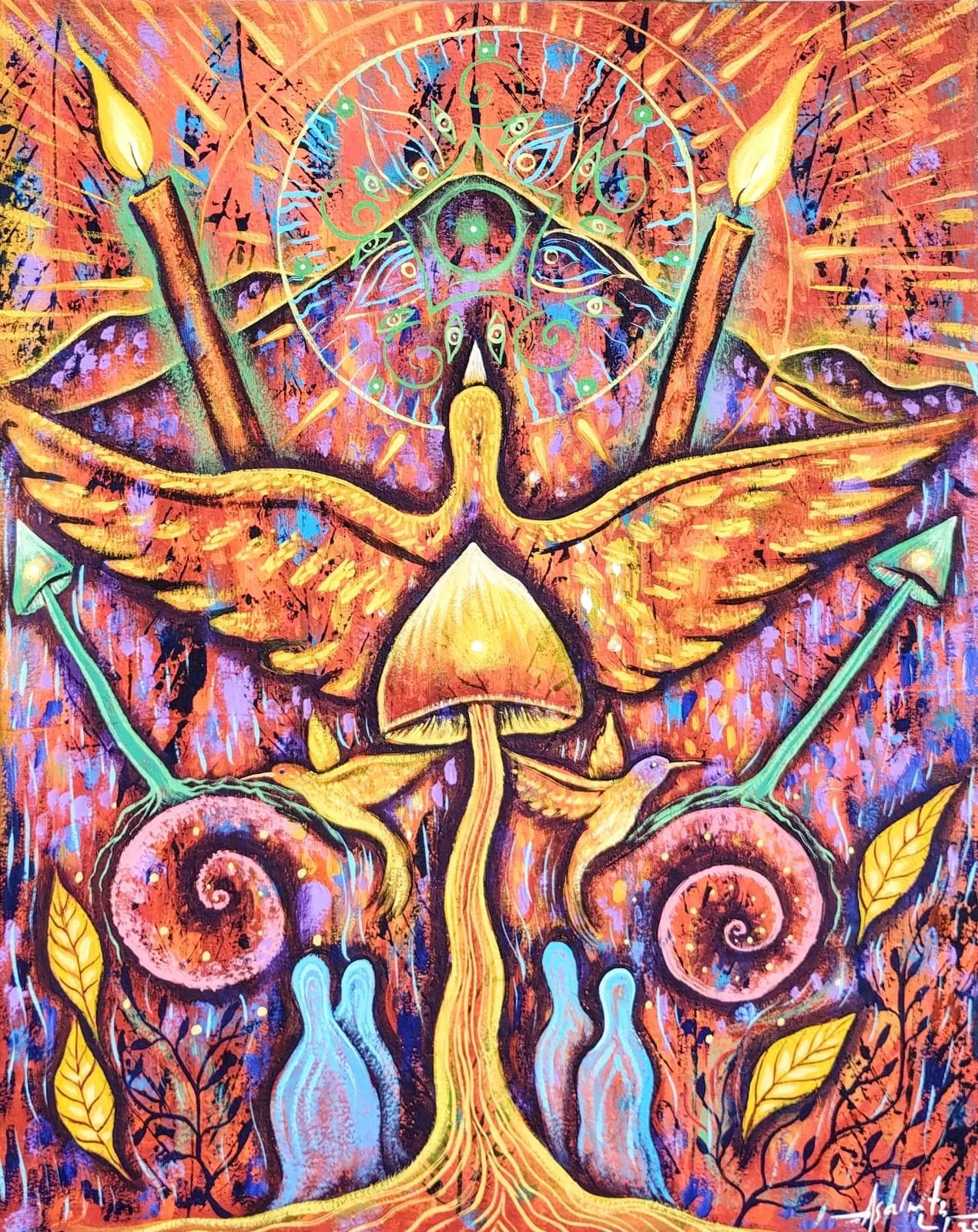
The Sacred Plants and Fungi of the Americas project documents the rich cultural heritage of psychedelic substances used by Native American peoples across centuries of spiritual, therapeutic, and ceremonial practices. Through archaeological evidence, historical records, and artistic masterpieces—including ceramics, sculptures, rock art, and ancient codices—this series illuminates the profound role these sacred substances play in establishing relationships between human and more-than-human entities within Indigenous cosmologies. Guided by principles of cultural diversity, scientific accuracy, and respect, this collaborative initiative presents Native peoples' own knowledge and self-denominations while exploring how psychedelic experiences serve as sources of wisdom and transformation within their cultural contexts. The project contributes to the emerging field of Psychedelic Humanities through responsible scholarship that honors both the sacred nature of these traditions and their enduring significance for understanding consciousness, spirituality, and Indigenous ways of knowing.
-

San Pedro Cactus
Archaeological evidence from Peru reveals Native American peoples’ use dating back 10,000 years, making San Pedro Cactus the most ancient psychoactive plant documented in the Americas. Known as Wachuma to Indigenous peoples, this sacred cactus has been found in ancient burial sites and ceremonial contexts throughout the Andean region. The remarkable continuity of its use from prehistoric times to contemporary healing rituals demonstrates the enduring spiritual significance of this plant in South American Indigenous cultures.
-

Peyote
Known as peyotl ("silk cocoon") in Nahuatl and hikuri ("mirror/moon") in Wixárika, this sacred cactus remains central to numerous indigenous traditions across Mexico and the southwestern United States. Sacred to Huichol, Rarámuri, Cora, Tepehuanes peoples, and historically to Lipán Apache and Teochichimeca communities, peyote represents one of the most widespread and enduring sacramental plants in North America. The rich diversity of indigenous names and continued ceremonial use across multiple cultures demonstrates the plant's profound and universal spiritual significance in the region.
-

Morning Glory
Featured prominently in the Tepantitla murals at Teotihuacan, this vine may represent a metaphysical conception of the morning glory deity in pre-Columbian cosmology. Anthropologist Peter Furst proposes that the front-facing female deity at the center of this sacred mural embodies the spiritual essence of the morning glory vine. While this interpretation remains debated among scholars, the prominent placement of vine-like imagery in one of Mesoamerica's most important sacred sites suggests the profound spiritual significance these plants held in ancient Mexican civilization.
-

Psilocybe aztecorum
"Flesh of the gods" in Nahuatl, these sacred mushrooms appear in ancient Aztec codices depicting encounters with Mictlantecuhtli, the Lord of Death, through ritual consumption. Ancient artistic depictions show the mushrooms painted in jade green to symbolize their sacred value and divine nature. Colonial-era Spanish chronicles document their widespread ceremonial use, though persecution by Catholic authorities drove these practices underground, where they survived in Indigenous communities for centuries before being rediscovered by Western researchers in the 20th century.
-

Psilocybe caerulescens
Known as 'nti' si´tho´ ("The Little One Who Sprouts") in Mazatec and cui´ ya jo´ o su´ ("The Mushroom of Higher Reason") in Chatino, this species grows in landslide areas and disturbed soils throughout Oaxaca. The mushroom gained international attention through the work of María Sabina, the renowned Mazatec healer who shared her traditional knowledge with researchers like Robert Gordon Wasson in the 1950s. Contemporary Mazatec and Chatino peoples continue to use these sacred fungi for healing and divination, maintaining ancient traditions that connect the mushrooms to wisdom, language, and the healing of both individual ailments and cosmic imbalances.
-

Psilocybe mexicana
One of several Psilocybe species used sacramentally throughout Mesoamerica, with Indigenous peoples traditionally working with multiple psilocybin-containing varieties including P. mexicana, P. caerulenscens, and P. zapotecorum. The use of multiple species reflects the sophisticated mycological knowledge of Mesoamerican cultures, who recognized and utilized the distinct properties of different mushroom varieties. This species-specific knowledge was passed down through generations of indigenous practitioners, demonstrating the depth and precision of traditional ethnomycological understanding in pre-Columbian Mexico.
-

Ayahuasca/Yagé
Sacred brew traditionally prepared by Amazonian peoples using Banisteriopsis caapi vine combined with DMT-containing plants like Psychotria viridis (chacruna). Yagé represents a distinct regional preparation using Diplopterys cabrerana leaves, reflecting the diverse Indigenous brewing traditions across South America. The complex preparation methods and regional variations demonstrate sophisticated botanical knowledge developed over centuries, with different Indigenous groups maintaining their own specific recipes and ceremonial protocols for this powerful visionary medicine.
-

Cohoba
Seeds are traditionally roasted and ground into snuff powder using mortars and wooden platters, then inhaled through Y-shaped bone tubes in ceremonial contexts. Preparation methods vary significantly among different indigenous peoples, with some traditions incorporating lime from snail shells or cassava flour into the snuff mixture. This diversity in preparation reflects the widespread distribution of the practice across multiple South American cultures, each maintaining their own distinct relationship with this powerful entheogenic plant.
-

Vilca
In Quechua and Aymara languages, vilca signifies sacredness and appears in numerous place names throughout the Andean region, indicating its deep cultural importance. A 1612 Aymara dictionary describes vilca as both a shrine dedicated to the sun and a medicinal substance used in divinatory practices to recover stolen goods and communicate with spiritual realms. The plant's association with solar worship and its use as a gateway to otherworldly knowledge demonstrates its central role in pre-Columbian Andean spirituality and cosmology.
-

Salvia divinorum
First documented among Mexico's Mazatec people in 1938 by anthropologist Jean Bassett Johnson, this sacred plant continues to be used therapeutically and divinatorily by Mazatec communities today. The Mazatec people have maintained particularly extensive relationships with the plant, preserving various therapeutic and divinatory practices that have been observed by researchers throughout the 20th century. Its continued use represents an unbroken chain of Indigenous knowledge spanning generations in the mountains of Oaxaca.
